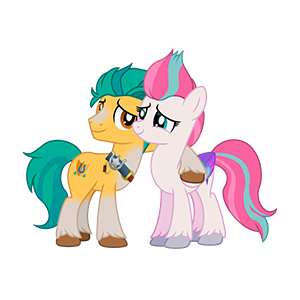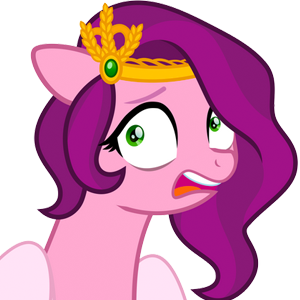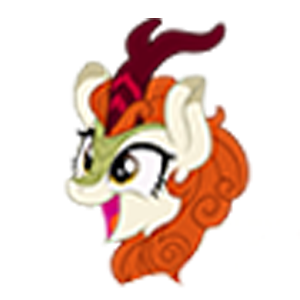

Starlight Serenade
-
Posts
1,044 -
Joined
-
Days Won
10
Content Type
Profiles
Forums
Character Archive
Frequently Asked Questions
Equestrian Empire Character Archive
Golden Oaks Memorial Library
Pony Roleplay Characters
Events
Blogs
Everything posted by Starlight Serenade
-
Stop comparing yourself to others. Your story is still being written and its going to be worth the wait.
- Show previous comments 3 more
-
(1).thumb.png.2b5a37c41dba57aaa0696f9d4309067a.png)
-

-

@Kyoshi Frost Wolf I totally get how you feel. We all have our own struggles that we go through. I'm here if you want to talk!
-
I was going to bed, but then was informed that I received an A+ on my Final exam, thus an A+ in the course! I can go to bed dreaming good.
-
Caught up to a lot of messages and answered several posts tonight, I have not done that in a long time here.
Anyway, it's time to slowly settle in. Good night y'll!







